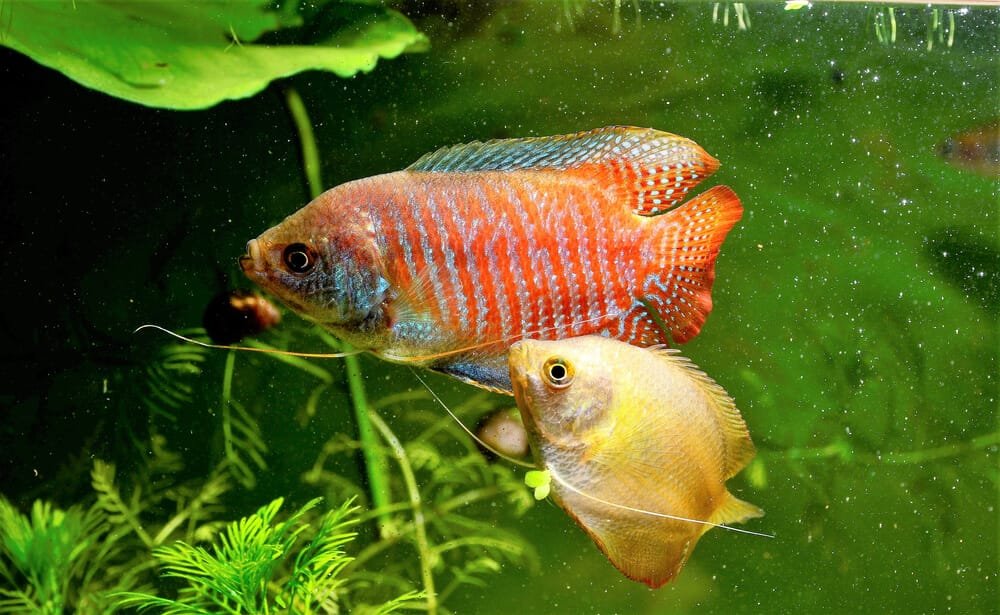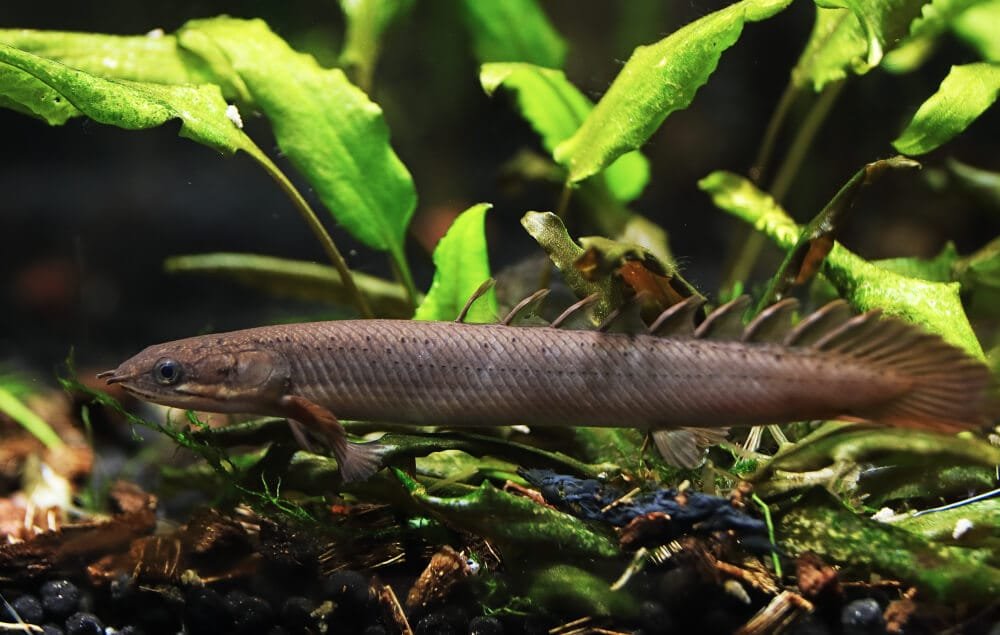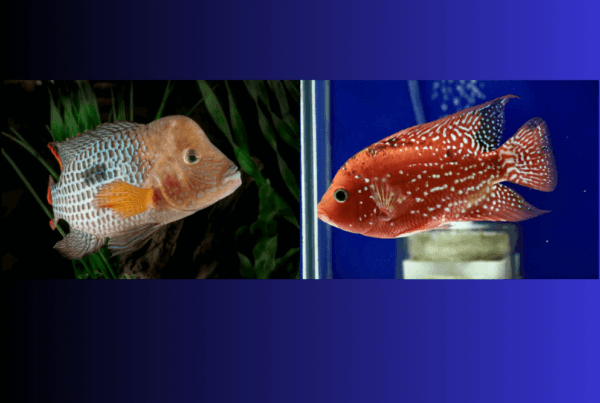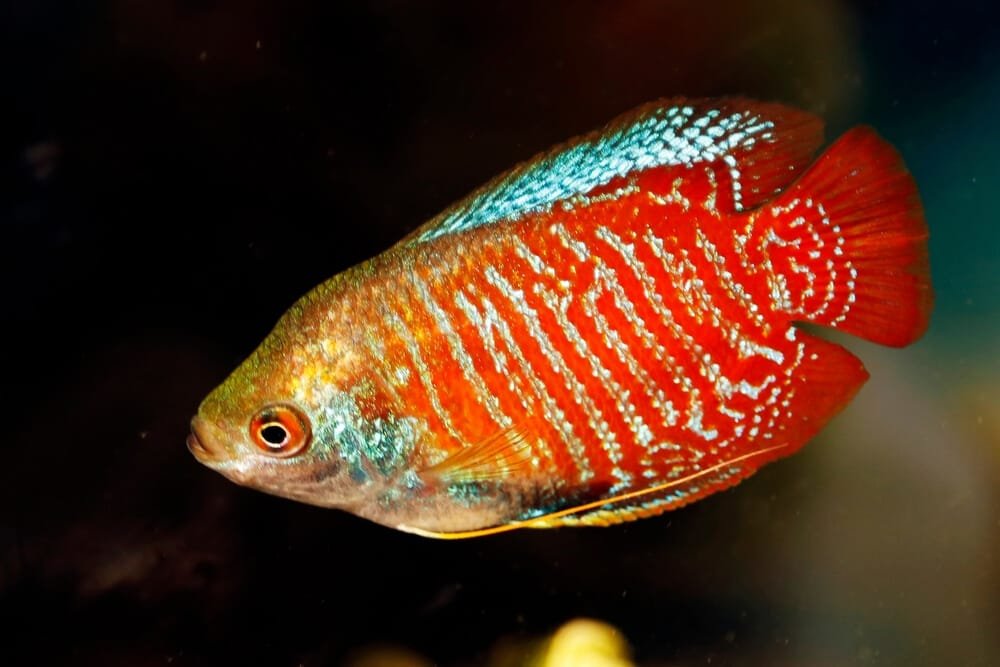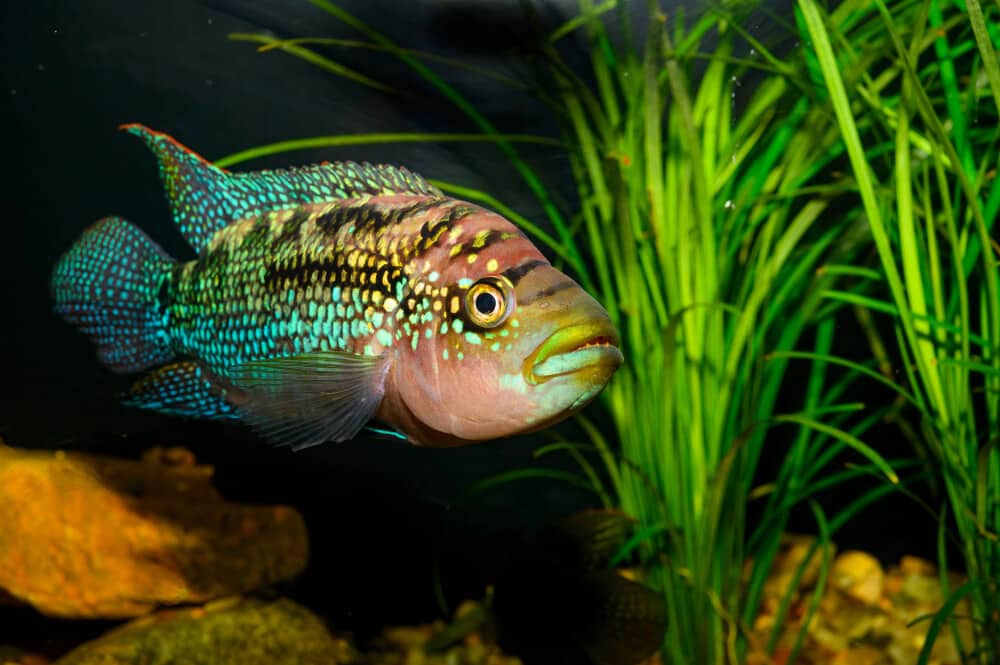If you’re an aquarium enthusiast looking to add some vibrant colors and unique personalities to your underwater oasis, then you’re in luck! In the world of aquarium hobby, a fascinating and diverse range of Dwarf Gourami species awaits your exploration. With their dazzling hues and peaceful nature, these tiny fish have captured the hearts of many aquatic hobbyists. From the vibrant Flame Dwarf Gourami to the stunning Powder Blue Dwarf Gourami, each species offers its own distinct beauty and charm. So, prepare to embark on an aquatic adventure as we uncover the captivating world of Dwarf Gourami and discover the different species available in the aquarium hobby.
Dwarf Gourami Overview
Introduction
Dwarf Gouramis are beautiful and popular aquarium fish that are known for their vibrant colors and peaceful nature. They belong to the Osphronemidae family and are native to the slow-moving waters of Southeast Asia. With their small size and unique personalities, Dwarf Gouramis make fantastic additions to any home aquarium.
Characteristics
Dwarf Gouramis are characterized by their delicate and elongated bodies, reaching an average size of 2 to 4 inches. They possess vibrant coloration, often showcasing shades of red, blue, and yellow. One of their most distinctive features is their long, flowing dorsal fin, which adds to their overall beauty. Additionally, Dwarf Gouramis have labyrinth organs, allowing them to breathe oxygen directly from the air at the water’s surface.
Origin
Dwarf Gouramis originate from countries such as India, Pakistan, and Bangladesh, where they inhabit shallow, vegetation-rich waters. These waters are typically warm and acidic, with temperatures ranging from 72 to 82 degrees Fahrenheit. Their natural habitats are often filled with floating plants, which provide cover and shade.
Behavior
Dwarf Gouramis are known for their peaceful and docile nature, making them excellent community fish. They are generally non-aggressive and can coexist peacefully with other species, provided the tank is adequately sized and the tank mates are not overly aggressive. However, it is crucial to note that male Dwarf Gouramis can be territorial towards each other, so it is advisable to keep only one male per tank unless it is a larger aquarium with plenty of hiding spaces.
Popularity
Due to their captivating appearance and peaceful temperament, Dwarf Gouramis have gained immense popularity among aquarium hobbyists. They are suitable for both beginners and experienced fishkeepers, as they are relatively easy to care for and can adapt well to a variety of water conditions. The availability of different color variations further adds to their appeal, making them a sought-after choice for aquarists worldwide.
Popular Species of Dwarf Gourami
Flame Dwarf Gourami
The Flame Dwarf Gourami, also known as the Fire Dwarf Gourami, is a striking species with vibrant red and orange hues. The fiery colors of these fish make them a true centerpiece for any aquarium. They are relatively peaceful and can thrive in a well-maintained community tank.
Blue Dwarf Gourami
The Blue Dwarf Gourami, as the name suggests, possesses stunning blue coloration. They are available in various shades of blue, ranging from light sky blue to deep cobalt blue. Their elegant appearance makes them a popular choice among hobbyists looking to add a touch of serenity to their aquarium.
Powder Blue Dwarf Gourami
The Powder Blue Dwarf Gourami is recognized for its unique powder blue coloration. The combination of blue and silver hues creates a mesmerizing effect in the aquarium. This species is known to be relatively peaceful, making it compatible with various tank mates.
Neon Blue Dwarf Gourami
The Neon Blue Dwarf Gourami is a radiant and eye-catching species that showcases neon blue colors. Their luminous hues add a vibrant touch to any aquarium. These fish are known to be quite hardy and can adapt well to different water conditions.
Honey Dwarf Gourami
The Honey Dwarf Gourami boasts a warm golden coloration, resembling that of honey. They have a subtle and peaceful presence, making them an excellent choice for community tanks. Their calm nature and stunning appearance make them a favorite among many fishkeepers.
Sunset Dwarf Gourami
The Sunset Dwarf Gourami is a captivating species with a beautiful combination of orange, red, and yellow colors. This coloration is reminiscent of a mesmerizing tropical sunset. They bring a burst of color to aquariums and create a peaceful atmosphere.
Less Common Dwarf Gourami Species
Thick-Lipped Dwarf Gourami
The Thick-Lipped Dwarf Gourami is known for its prominent and thick lips, distinguishing it from other species. This unique characteristic adds to its appeal. While this species may be less common in the aquarium trade, it is a fascinating addition to any tank.
Red Dwarf Gourami
The Red Dwarf Gourami, also referred to as the Sunset Gourami, exhibits a stunning shade of red throughout its body. This vivid coloration gives it a remarkable and vibrant appearance, making it a standout species in any aquarium.
Opaline Dwarf Gourami
The Opaline Dwarf Gourami is characterized by its opalescent scales and subtle shades of pink, blue, and green. These unique colors create a pearlescent effect, giving the fish an ethereal and mystical appearance. This species is truly a captivating addition to any aquarium.
Cobalt Blue Dwarf Gourami
The Cobalt Blue Dwarf Gourami is an uncommon and highly sought-after variety. It showcases a deep, intense blue color, reminiscent of the blue cobalt gemstone. This species stands out with its vibrant hues and creates a striking focal point in any tank.
Endangered or Rare Dwarf Gourami Species
Chocolate Gourami
The Chocolate Gourami, also known as the Moonlight Gourami, is a rare and endangered species native to Southeast Asia. It is sought after by advanced aquarium hobbyists due to its unique appearance and behavior. These fish exhibit a rich brown color with intricate patterns, resembling a bar of high-quality chocolate.
Sparkling Gourami
The Sparkling Gourami, also called the Pygmy Gourami, is a small and stunning fish species. Although not technically a Dwarf Gourami, it is worth mentioning due to its similar size and compatibility with Dwarf Gouramis. Sparkling Gouramis have iridescent scales that sparkle when hit by light, giving them a magical and enchanting appearance.
Blue Paradise Gourami
The Blue Paradise Gourami is another species that is not technically classified as a Dwarf Gourami, but it shares similarities with them. This fish is renowned for its brilliant blue coloration and long, flowing fins. The Blue Paradise Gourami is relatively peaceful and makes an exquisite addition to any large community aquarium.
Choosing Dwarf Gouramis for Your Aquarium
Tank Size and Water Conditions
When selecting Dwarf Gouramis for your aquarium, it is essential to consider the tank size and water conditions they require. A minimum tank size of 10 gallons is recommended, with larger tanks being even more suitable. The water temperature should be maintained between 72 and 82 degrees Fahrenheit, and the pH level should be slightly acidic, ranging from 6.0 to 7.5.
Compatibility with Other Fish
Dwarf Gouramis can generally coexist peacefully with a variety of other fish species. However, it is crucial to select appropriate tank mates that share similar temperament and water conditions. Avoid keeping them with aggressive or fin-nipping fish, as this can cause stress and potential harm to the Dwarf Gouramis.
Feeding and Care Requirements
Dwarf Gouramis are omnivorous and have a varied diet. In the wild, they feed on small insects, crustaceans, and plant matter. In the aquarium, they can be fed a mixture of high-quality flake food, freeze-dried or frozen foods, and live foods. It is important to provide a balanced diet to ensure their health and vibrancy.
Coloration and Appearance
One of the appealing aspects of Dwarf Gouramis is their stunning coloration. When selecting these fish for your aquarium, consider the different color variations available and choose the ones that catch your eye. Each species offers unique shades and patterns, allowing for a visually captivating and diverse tank.
Breeding Dwarf Gouramis
Setting Up a Breeding Tank
To breed Dwarf Gouramis successfully, a separate breeding tank is necessary. The tank should be equipped with appropriate filtration and a heater to maintain stable water conditions. It is important to provide suitable hiding places, such as spawning mops or floating plants, to mimic their natural habitat.
Conditioning the Gouramis
Before breeding, it is crucial to condition the Dwarf Gouramis. This involves feeding them high-quality live and frozen foods to ensure they are in optimal health and breeding condition. Maintaining the appropriate water temperature can also trigger their reproductive instincts.
Spawning and Egg Care
During the breeding process, the male Dwarf Gourami creates a bubble nest at the water’s surface. The female lays her eggs, which the male then fertilizes and places inside the bubble nest. The male diligently guards the nest and eggs until they hatch, removing any fallen eggs to maintain a clean environment.
Raising Fry
After the eggs hatch, the fry will remain in the bubble nest for a few days until they become free-swimming. At this point, they can be fed infusoria or powdered fry food until they are large enough to consume newly hatched brine shrimp or micro worms. Raising fry requires attention to water quality and proper feeding to ensure their growth and survival.
Common Diseases and Health Issues
Dwarf Gourami Disease (DGD)
A prevalent health issue in Dwarf Gouramis is Dwarf Gourami Disease (DGD), also known as iridovirus. This viral infection causes symptoms such as loss of color, lethargy, and bloating. Unfortunately, there is no known cure for DGD, and infected fish often do not survive. Proper quarantine and regular monitoring of water conditions can help prevent the spread of this disease.
Ich (White Spot Disease)
Another common disease that affects Dwarf Gouramis is Ich (White Spot Disease). Ich is caused by a parasite that appears as small white spots on the fish’s body, fins, and gills. It can cause irritation and distress to the fish. Treating Ich typically involves raising the water temperature and administering appropriate medication, following the instructions of a veterinarian or experienced fishkeeper.
Fin Rot
Fin Rot is a bacterial infection that can affect the fins and tail of Dwarf Gouramis. It causes deterioration of the affected fins, which may appear frayed or discolored. Treating Fin Rot involves improving water quality, maintaining pristine conditions, and administering antibiotic treatments if necessary.
Velvet Disease
Velvet Disease, also known as Gold Dust Disease, is caused by a parasitic infection. It appears as a golden or rust-colored dust-like substance on the fish’s body, imparting a velvety appearance. Velvet Disease can cause discomfort, loss of appetite, and respiratory problems. Prompt treatment with appropriate medication is essential to prevent the spread of the parasite and to ensure the fish’s recovery.
Conclusion
Dwarf Gouramis are captivating fish that bring beauty, serenity, and vibrancy to any aquarium. Their peaceful nature, remarkable coloration, and unique personalities make them a beloved choice among aquarists. With proper care, suitable tank mates, and attention to their specific requirements, Dwarf Gouramis can thrive and flourish in your home aquarium. Whether you choose the popular Flame Dwarf Gourami, the elegant Blue Dwarf Gourami, or any other species, they are sure to provide endless joy and fascination to both novice and experienced fishkeepers alike.
